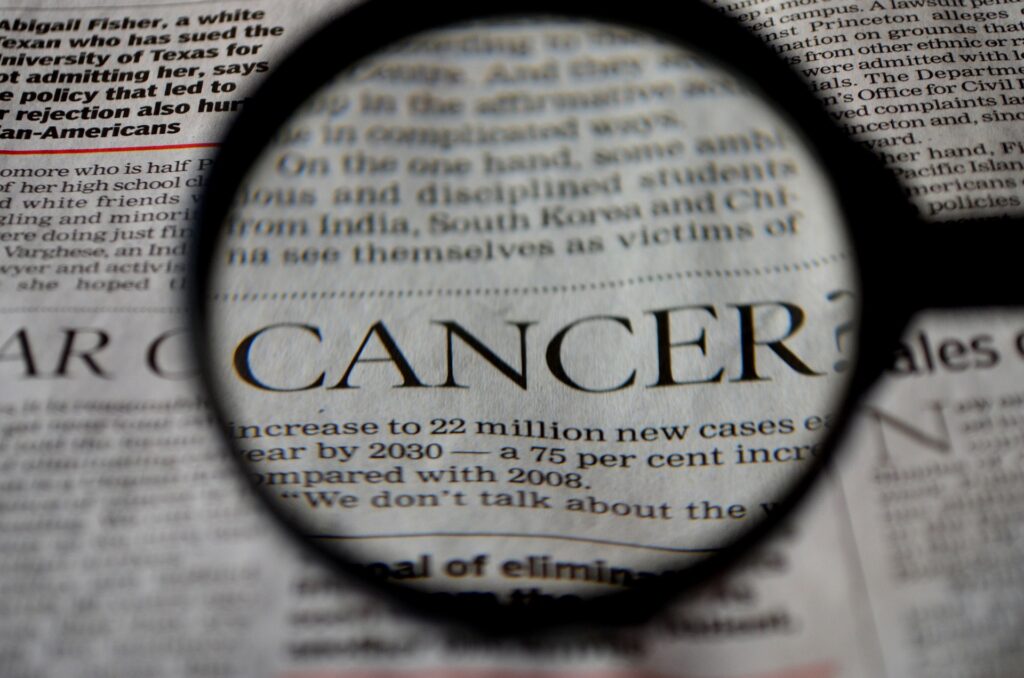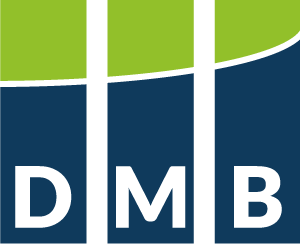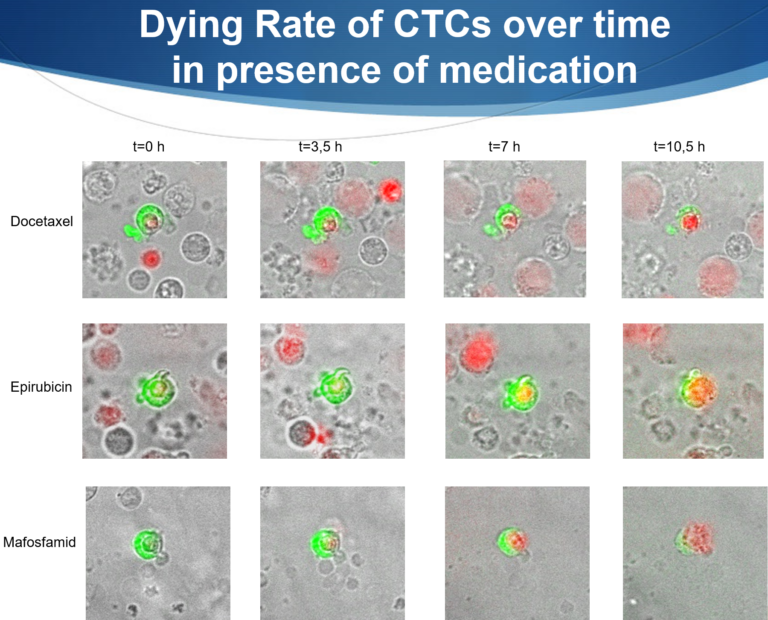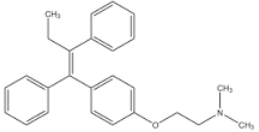BRCA Genes – Everybody has them, but only few develop cancer, why?
The BRCA genes are tumor suppressors that play an important role in DNA repair. When these genes are mutated (inherited from family), the risk of breast and ovarian cancer increases significantly. In this article, you will learn more about the basics, diagnosis, and therapy options when BRCA genes are mutated.
What are BRCA Genes?
BRCA stands for BReast CAncer gene. There are two different genes, referred to as BRCA1 and BRCA2. Every person has both the BRCA1 and BRCA2 gene in every cell of their body. These genes are responsible for repairing or destroying damaged DNA to prevent the formation of cancer cells. https://flexikon.doccheck.com/en/BRCA_gene
What Mutations are there and which BRCA Gene Mutation is Bad?
Mutations in the BRCA genes are changes in the DNA sequence that cause the gene to no longer function properly. There are many different types of mutations that can have different effects. Some mutations are harmless, others are harmful.
Harmful mutations are classified as pathogenic or likely pathogenic. This means that they are associated with an increased risk of cancer. Harmless or uncertain mutations are classified as benign or likely benign. This means that they carry no or only a low risk of cancer.
It is not possible to say which mutation is worse, as each mutation must be considered individually. However, there are some factors that can influence the risk. Some studies have shown that mutations in the BRCA1 gene carry a higher risk of breast and ovarian cancer than mutations in the BRCA2 gene. However, this also depends very much on other factors such as age and family background.

What is the Likelihood of getting Cancer with BRCA Mutations?
The cancer risk with a BRCA mutation depends on many factors such as age, gender, lifestyle, and family background. There are no exact numbers that apply to everyone. However, some estimates can be made based on statistical data.
Risk for Women with Mutated BRCA Genes
According to a meta-analysis from 2010, women with a BRCA1 mutation have a lifetime risk of 57 percent for breast cancer and 40 percent for ovarian cancer. Women with a BRCA2 mutation have a lifetime risk of 49 percent for breast cancer and 18 percent for ovarian cancer. For comparison: Women without a BRCA mutation have a lifetime risk of about 12 percent for breast cancer and about 1.3 percent for ovarian cancer.
Risk for Men with Mutated BRCA Genes
Men with a BRCA mutation also have an increased risk of breast cancer and prostate cancer. The risk of breast cancer is about 6 percent for men with a BRCA1 mutation and about 8 percent for men with a BRCA2 mutation. The risk of prostate cancer is about 20 percent for men with a BRCA1 mutation and about 15 percent for men with a BRCA2 mutation. For comparison: Men without a BRCA mutation have a risk of about 0.1 percent for breast cancer and about 11 percent for prostate cancer.
How Common are the Mutations?
The frequency of mutations in BRCA genes varies by population group and geographic region. In the general population, it is estimated that about 1 in 500 to 1 in 800 people have a BRCA mutation. However, there are some ethnic groups that have a higher frequency, such as:
- Ashkenazi Jews: About 1 in 40 people have a BRCA mutation, usually one of three specific mutations (185delAG and 5382insC in the BRCA1 gene or 6174delT in the BRCA2 gene).
- Norwegians: About 1 in 200 people have a BRCA mutation, usually one of two specific mutations (1135insA in the BRCA1 gene or 999del5 in the BRCA2 gene).
- Icelanders: About 1 in 100 people have a BRCA mutation, usually the same mutation (999del5 in the BRCA2 gene).
How is a BRCA Mutation Diagnosed?
A diagnosis of a BRCA mutation is made through a genetic test performed on a blood or saliva sample. The test analyzes the DNA sequence of the BRCA genes and looks for possible changes. It can either cover all possible mutations (full sequencing) or only test for certain common mutations (panels).
The genetic test is not routinely recommended, but only for individuals at increased risk due to their personal or family history.
A genetic test should only be performed after thorough genetic counseling that informs about the advantages and disadvantages, the significance, and the consequences of the test. The test is voluntary and requires written consent. You also have the right not to know! Testing your family members can have very serious psychological consequences. Since this disease usually appears in the 40-50s, family planning is possible in most cases beforehand. For example, the well-known actress Angelina Jolie had both breast glands amputated at age 37 because her mother and she herself had corresponding BRCA mutations.
What Therapy Options are there?
The therapy options for a BRCA mutation depend on various factors such as age, health status, desire for children, and personal preferences. The therapy goals are primarily prevention (avoidance) or early detection of cancer. Possible therapy options include:
Primary Prevention
Primary prevention aims to prevent or delay the occurrence of cancer. These include:
Chemoprevention
Chemoprevention is the taking of drugs that are intended to reduce cancer risk. For women with a BRCA mutation, there are two drugs that can be considered for chemoprevention:
- Tamoxifen: An anti-estrogen that reduces the risk of hormone-dependent breast cancer by about 50 percent.
- Aromatase inhibitors
This is just a small selection of possibilities. Therapy options would now go beyond the scope here. We have written our own article for this. Just click here!
Maintrac as a Guide for Cancer Treatment
To be informed early about new tumor activity, we recommend regular (every ~6 months) monitoring of the disease through a simple cell count so that measures can be taken in time if necessary. If you decide to use maintrac, you can order blood collection kits from our partner site youcann.de here!

Conclusion
Everyone has the BRCA genes and they are “life-saving” as so-called tumor suppressor genes, it is their job to support the DNA repair process. If this fails, the cell may degenerate and mutate into a tumor cell. This happens when one or both BRCA genes have certain mutations in up to about 50% of those affected. Unfortunately, these mutations can be inherited within the family and then lead to breast and ovarian cancer at the age of 40-50. In Germany, almost all families with these mutations are known. You can also find more information here.
Each of us has the BRCA genes and thus also a great protection against developing cancer. In the case of mutations, however, it depends on which ones they are and whether they have a negative influence on the functioning of the BRCA enzyme.
We are happy to help. Get well again!

Dr. Martin Burow, Biochemist






